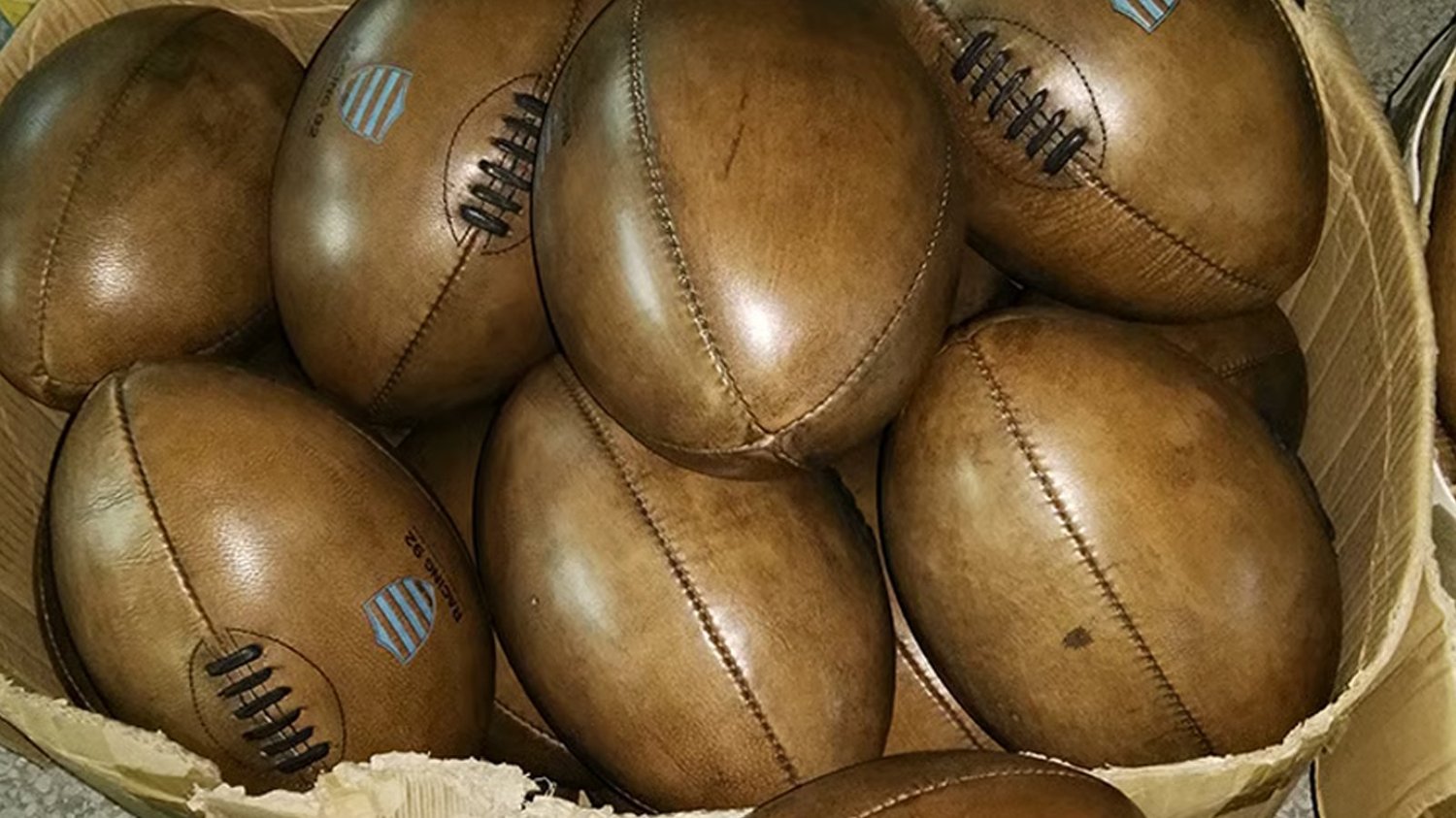Table of Contents

The History of traditional ball stitching
Traditional ball stitching has been a time-honored craft for centuries, dating back to ancient civilizations. The art of stitching balls by hand is a meticulous process that requires skill and precision.
The Materials Used in Traditional Ball Stitching
In traditional ball stitching, artisans use high-quality materials such as durable threads, needles, and specialized tools. These materials ensure that the stitches are strong and long-lasting, preserving the integrity of the ball.
The Techniques Involved in Traditional Ball Stitching
Artisans employ various stitching techniques to create intricate patterns and designs on the surface of the ball. These techniques require patience and expertise to achieve precision and consistency in the stitches.
The Cultural Significance of Traditional Ball Stitching
Traditional ball stitching is deeply rooted in many cultures around the world, often serving as a symbol of craftsmanship and heritage. These stitched balls are often used in traditional ceremonies, rituals, and games.
The Importance of Handmade vs Machine-Made Stitched Balls
While machine-made stitched balls offer efficiency and consistency, handmade stitched balls have a unique charm and character. The imperfections in handmade balls add to their authenticity and aesthetic appeal.
The Role of Traditional Ball Stitching in Modern Society
Despite advancements in technology, traditional ball stitching continues to thrive as a valued craft. Many artisans and enthusiasts uphold the tradition by creating hand-stitched balls for recreational and decorative purposes.
The Sustainability of Traditional Ball Stitching
Traditional ball stitching promotes sustainability by utilizing eco-friendly materials and reducing waste. Hand-stitched balls are often made to last, minimizing the need for frequent replacements and contributing to a more sustainable lifestyle.
The Educational Value of Practicing Traditional Ball Stitching
Learning the art of traditional ball stitching not only hones one's hand-eye coordination and dexterity but also fosters creativity and appreciation for craftsmanship. It is a rewarding skill that can be passed down through generations.
The Therapeutic Benefits of Engaging in Traditional Ball Stitching
Engaging in traditional ball stitching can be a meditative and soothing activity that promotes relaxation and mindfulness. The repetitive nature of stitching can help reduce stress and anxiety, offering a therapeutic outlet for self-expression.
The Future of Traditional Ball Stitching
As a timeless craft that has withstood the test of time, traditional ball stitching is poised to continue captivating and inspiring artisans and enthusiasts alike. Its enduring appeal lies in the intricate craftsmanship and cultural significance embedded in every hand-stitched ball.
